1. Iceboxes
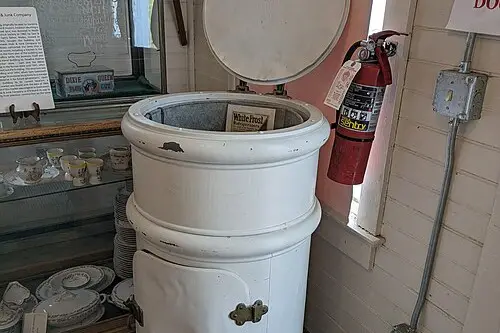
Before the hum of modern refrigerators, families relied on iceboxes to keep their food cold. These were essentially insulated wooden cabinets with a compartment for a large block of ice. The ice had to be replaced regularly, often delivered by an “iceman” in neighborhoods. While it seemed revolutionary at the time, maintaining a steady supply of ice was labor-intensive and sometimes messy.
People had to carefully drain the melted water to prevent soggy vegetables or spoiled meat. The smell of the icebox could also get unpleasant if not cleaned properly. Despite these challenges, iceboxes were considered essential for preserving perishable food. They became obsolete once electric refrigerators became widely available in the early 20th century.
2. Butter Churns

Churning butter at home was once a daily chore in American households. The manual process involved agitating cream until it solidified into butter. While it gave families fresh butter, it required significant time and elbow grease. For many, the satisfaction of homemade butter outweighed the effort.
Once commercial dairies and packaged butter became common, the need for home churning dwindled. Store-bought butter offered convenience and consistency that manual churning couldn’t match. The invention of electric churns helped for a time but still couldn’t compete with mass production. Today, butter churns are mostly seen in historical demonstrations or rustic kitchens.
3. Pneumatic Tube Systems
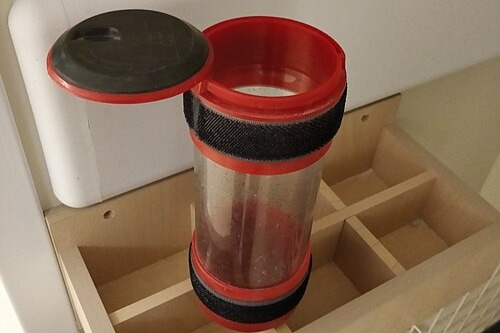
In the late 19th and early 20th centuries, pneumatic tubes were a staple in department stores, banks, and offices. These systems used pressurized air to send messages or money in cylindrical containers through a network of tubes. It made internal communication fast and exciting, almost like a mini postal system inside a building. Customers and employees marveled at the “flying capsules” zipping through the air.
However, the rise of telephones and later email rendered pneumatic tubes impractical. Maintenance costs and the limitations on distance also made them less appealing. By the mid-20th century, most urban offices had replaced them entirely. Now, pneumatic tubes are mostly limited to hospitals or niche industrial uses.
4. Kinetoscopes

Before movie theaters were common, people experienced moving pictures through kinetoscopes. These were single-person viewing machines where you peered through a small window to watch short films. It felt futuristic at the time, offering a private glimpse into a visual world. The novelty drew crowds, but only one person could watch at a time.
As projection systems improved, allowing large audiences to watch together, kinetoscopes quickly became outdated. Public cinemas offered a shared experience that these solitary devices couldn’t compete with. The shift also made film more accessible and profitable. Today, kinetoscopes are mainly museum curiosities.
5. Hand-Cranked Telephones
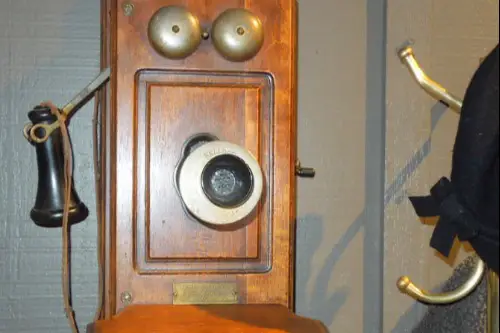
Before rotary dials and push buttons, hand-cranked telephones were the main way to connect calls. Users would turn a crank to generate a signal to the local operator. Then, the operator would manually connect the call through a switchboard. It might seem cumbersome today, but it was cutting-edge technology at the time.
These phones demanded patience and coordination, especially in busy towns. Automatic exchanges eventually eliminated the need for cranking. The shift drastically improved call speed and convenience. Hand-cranked phones gradually disappeared by the mid-20th century.
6. Typewriter Erasers
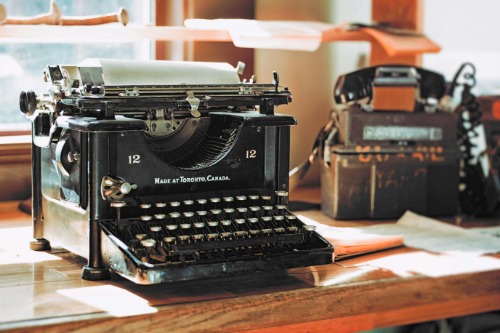
Typewriters transformed writing, but mistakes were a nightmare. Enter typewriter erasers: abrasive blocks with brushes used to remove ink from paper. They were a must-have on office desks, giving writers a way to fix errors without starting over. Using one required care to avoid tearing the paper, which added a layer of tension to typing.
The invention of correction fluid and later word processors made typewriter erasers obsolete. Suddenly, correcting mistakes required less skill and stress. Offices transitioned quickly once these alternatives became available. Now, typewriter erasers are mostly collector items or nostalgic artifacts.
7. Ice Cream Freezers With Crank Handles

Before electric freezers, homemade ice cream was a full-body workout. Families used crank-operated ice cream makers that mixed cream and ice with rock salt. It was a fun, communal activity, especially during summer gatherings. But it required consistent turning for up to an hour to get the right texture.
Electric freezers later automated this process, making ice cream less of a chore and more of a daily treat. The crank machines slowly faded from everyday use. Today, they’re enjoyed mainly by hobbyists or for historical demonstrations. They remind us how much effort went into a simple dessert.
8. Rotary Dial Phones
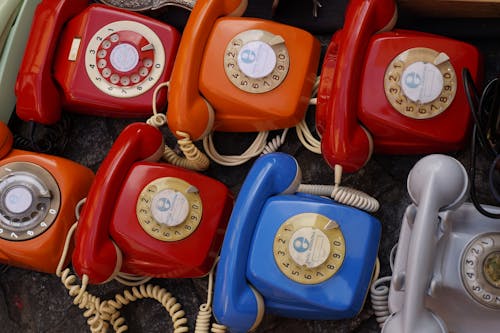
Rotary phones dominated homes and offices for decades. Each number required a precise rotation of the dial, which sent pulses down the line. While reliable, dialing a long phone number was a slow and sometimes frustrating process. People got used to the rhythmic turning of the dial as part of daily life.
Touch-tone phones eventually replaced rotary systems, offering speed and simplicity. Automated exchanges and phone menus made rotary phones impractical. By the 1980s, most households had switched. Rotary phones now carry a nostalgic charm rather than a practical purpose.
9. Manual Washing Machines
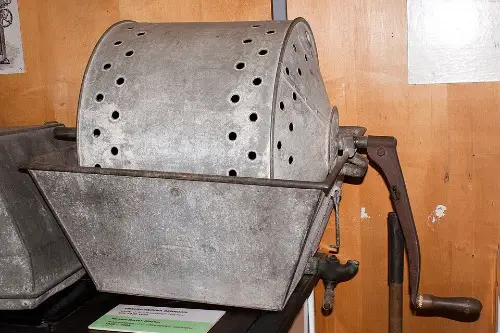
Washing clothes was a serious chore before electric washers. Early machines required cranking or rocking to agitate water and soap through laundry. This made laundry day exhausting and time-consuming. It was still considered a huge improvement over hand scrubbing in tubs.
Electric washing machines changed everything, reducing labor and saving hours each week. Manual machines became museum pieces almost overnight. Households could wash more clothes with less effort. Today, manual washers exist mainly for off-grid living or as antiques.
10. Carbon Paper
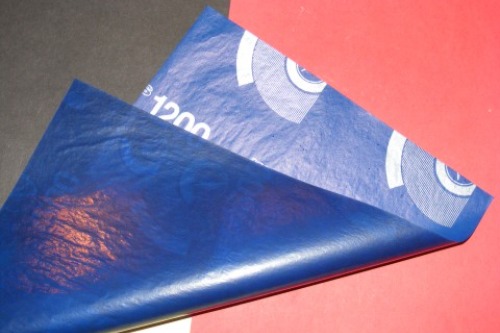
Before photocopiers, carbon paper was the magic solution for duplicating documents. You’d place a sheet of carbon between two pieces of paper and type or write on top. The pressure transferred ink to the bottom sheet, giving you an instant copy. It was a small miracle for businesses and home offices alike.
Photocopiers and printers made carbon paper largely unnecessary. The copies were cleaner, faster, and required no special setup. Carbon paper still exists in niche forms, like receipts or multipart forms, but its heyday is long gone. Most people today have never used it.
11. Slide Rules

Long before calculators, engineers and students relied on slide rules for complex math. These mechanical tools allowed multiplication, division, and even logarithms through sliding scales. Mastery of a slide rule was a mark of intelligence and skill. Using one correctly required patience, focus, and a steady hand.
The invention of handheld electronic calculators in the 1970s made slide rules obsolete overnight. Complex computations became instantaneous and error-free. Universities quickly dropped them from curriculums. Today, slide rules are prized by collectors and history enthusiasts.
12. Gas-Powered Lawn Mowers With Flywheels

Early lawn mowers were labor-intensive and noisy contraptions. Some used small gas engines with exposed flywheels that had to be manually started with a rope. They were revolutionary compared to scythes but still dangerous and hard to operate. Homeowners needed strength and caution just to get the lawn cut.
Modern electric and self-propelled mowers made these machines obsolete. Safety, efficiency, and ease of use became priorities for suburban landscaping. Today, gas-powered flywheel mowers are mostly retired to garages or museums. They stand as reminders of how far outdoor tools have evolved.
This post 12 Obsolete Inventions That Once Made Life Seem Easier was first published on American Charm.


